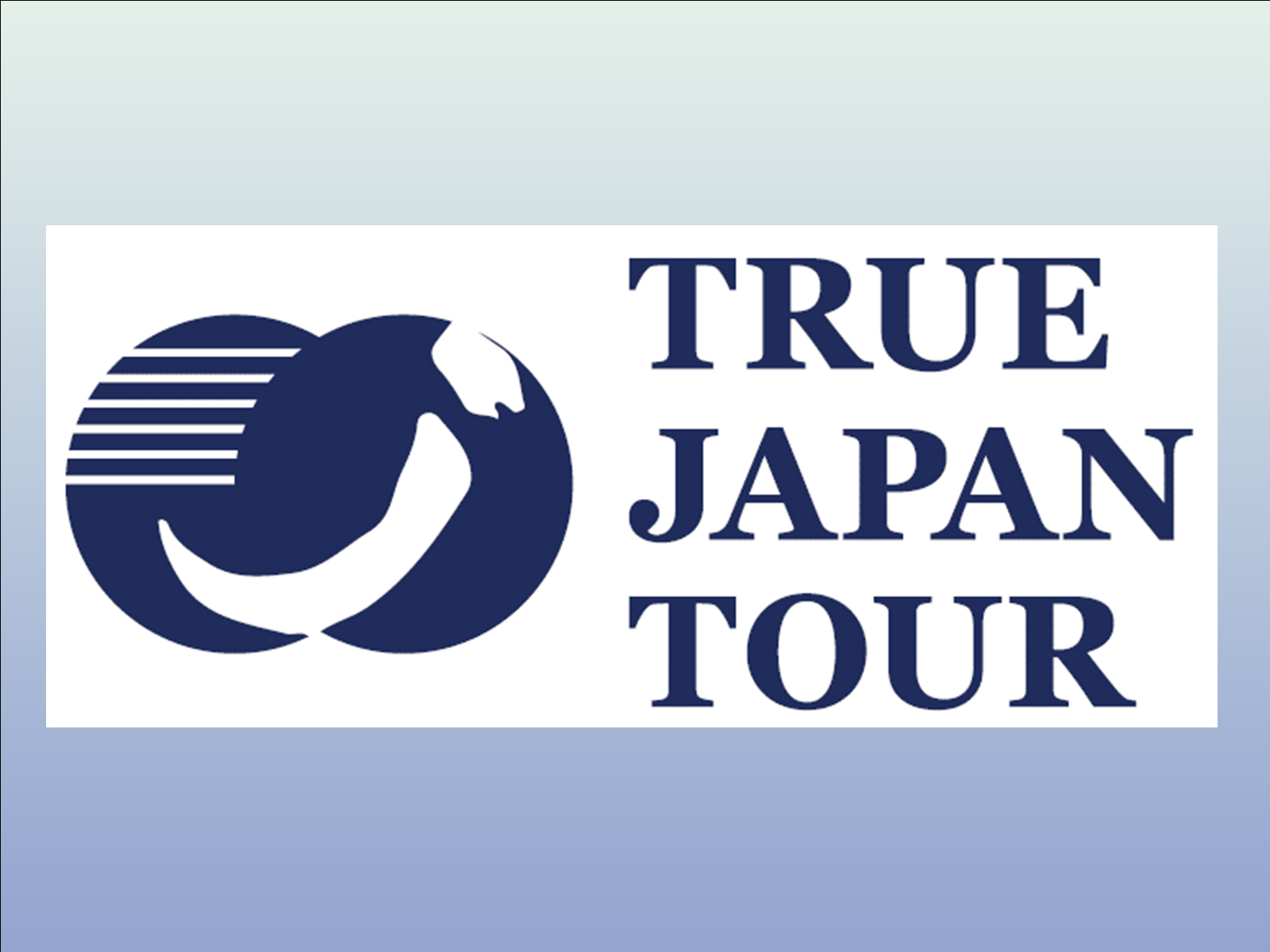Our Strengths


Our Japanese cultural experience includes 16 years of experience and offers many strengths that are difficult for a latecomer to imitate. The following five points are our strengths.
1) Instructors must speak foreign languages.
All of our culturally experienced instructors speak foreign languages.
So, we can answer your questions.
Let me give you an example.
Our program is called Practicing Zen through the Tea Ceremony.
The tea ceremony is an act based on the spirit of Zen.
The master of the tea ceremony serves tea in a simple Japanese-style room while holding up a character on a hanging scroll.
However, many Japanese tea ceremony experiences need to explain the words (Zen words) written on the hanging scrolls.
In contrast, we explain the Zen language in English and other languages. Also, the tea is made right in front of the guests.
It is common for other groups to experience the tea ceremony only to bring tea prepared in a separate room.
We hope you will understand that the quality of the tea ceremony experience is completely different from other companies, even if they are the same.

2) The program must be easy for foreigners to understand.
We are a program for foreigners, not for Japanese.
Many of the cultural experiences offered in Japan could be better because they are designed for Japanese but offered to foreigners.
However, what a Japanese person can cut does not necessarily mean that a foreigner can do the same.
Let me give you an example.
In many sushi experiences in Japan, participants try their hand at making nigirizushi out of the blue. But for foreigners who have never made onigiri, the bar is very high, and some are reportedly unable to make the shape.
Sometimes they do not eat what a foreigner makes, but what a sushi chef makes.
However, we have a program for foreigners. For nigiri sushi, we make a simple mold. This allows us to make the shape of rice to make delicious sushi easily. Foreign guests will be delighted to eat sushi they have made themselves.

Let me give you another example.
Origami. In many Japanese experiences, you will suddenly fold oricles. However, for those who have never folded origami, oricles are too tricky. Our program will teach you how to fold seven different kinds of origami. The first origami is very simple. So, you can progress while having fun. Eventually, you will be able to make an orizuru. You will be impressed by how well you can do it.
3) Understanding Japanese culture
Our goal in our cultural experience is to help you understand Japanese culture. In making sushi, we explain the characteristics of Japanese rice and why vinegar is used.
Tea ceremony, origami, and flower arrangement are also one medium to explain the Japanese people and Japanese culture.
Take calligraphy, for example.
Shows the Chinese character "an" which came from China. It shows how this character was transformed into the hiragana "a".
Then we introduce the Tale of Genji, a long novel written in hiragana in the 11th century.
This is an example of how Japan has taken cues from Chinese culture to create its own culture.
We teach calligraphy with this historical background in mind.

4) Reproducibility after returning home.
Our programs are designed to be replicated by travelers or back home. The photo shows the sushi we made ourselves back in the U.S.
In our program, we give them the tools to make sushi so that they can reproduce it in their home countries.
We will also give you a text written in English on origami or furoshiki wrapping paper. This will ensure reproducibility.
5) Flexibility
All of our staff members have extensive experience with foreign countries. That is why we are able to respond to your needs with the utmost attention to detail.
An example is the sushi experience. Since many high school student groups have difficulty eating sashimi, we can make different types of sushi, such as roast beef and cured ham. For vegetarians, we can also make vegetable sushi without meat.
In addition, origami sometimes uses paper that is 30 cm x 30 cm in size instead of the usual 15 cm x 15 cm for those who are not dexterous with their hands.

In addition, flower arrangement. The flower arrangement experience is expensive because of the use of fresh flowers and vases. However, even for youth programs with limited budgets, we suggest flower arrangement. This is a group ikebana program in which several people work together to complete a single ikebana arrangement in a vase. It is also an educational program in which several people work together to complete a flower arrangement in a vase.



